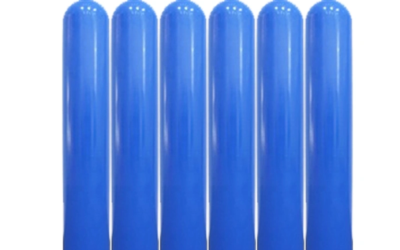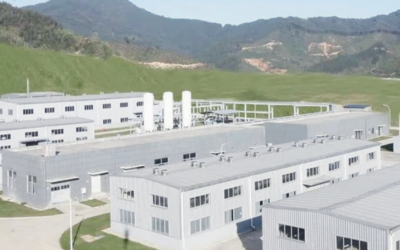Nitrous oxide (N2O) is a powerful and versatile gas that can be used in many situations, from medical to industrial applications. To ensure safety and proper functioning of these applications, the N2O pressure regulator is an absolute necessity. But what makes a good N2O pressure regulator? How can you tell if one will work with your application? In this blog post, we’ll answer these questions and provide you with the tools you need to pick the right N2O pressure regulator for your specific needs.
l Different types of N2O gas pressure regulators
l Factors to consider when choosing a N2O gas pressure regulator
l Tips for using a N2O gas pressure regulator
Different types of N2O gas pressure regulators
There are two main types of N2O gas pressure regulators: those that regulate the pressure of the gas going into the cylinder, and those that regulate the pressure of the gas coming out of the cylinder. The former type is more common, and is typically used to control the amount of gas that is delivered to the patient. The latter type is less common, but may be used in some cases to help prevent backflow of gas from the patient.
Factors to consider when choosing a N2O gas pressure regulator
There are a few key factors to consider when choosing the right N2O gas pressure regulator for your needs. The first is the desired flow rate. This will determine the size and type of regulator you need. The second factor is the operating pressure range. This will help you determine the maximum and minimum pressures that the regulator can handle. The third factor is temperature. N2O gas can expand and contract at different temperatures, so it’s important to choose a regulator that can accommodate these changes. Lastly, consider the specific features of each regulator to find one that meets your needs.
Tips for using a N2O gas pressure regulator
There are a few things to keep in mind when using a N2O gas pressure regulator to make sure that you get the most accurate readings. First, make sure that the unit is properly calibrated. This can be done by following the manufacturer’s instructions. Second, be aware of the atmospheric conditions when taking readings. The barometric pressure and temperature can affect the reading, so it is important to take these into account. Finally, keep an eye on the expiration date of the cartridge and replace it as needed to ensure accuracy.
Choosing the right N2O gas pressure regulator for your needs is not an easy task. However, understanding the different types of regulators available and familiarizing yourself with their features can help you make a more informed decision. It is also important to consider factors such as flow rate, outlet pressure range, material compatibility, and build quality to ensure that you get the best value for money from your purchase. By following these tips we are confident that you will be able to find the perfect N2O gas pressure regulator for your application. If you are looking for a supplier of high quality N2O gas pressure regulator at a reasonable price , We are a good choice.








I do not even know how I ended up here but I thought this post was great I dont know who you are but definitely youre going to a famous blogger if you arent already Cheers